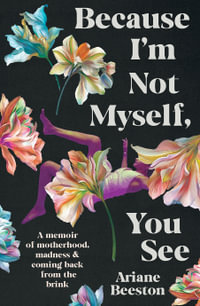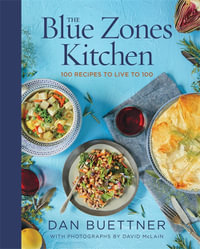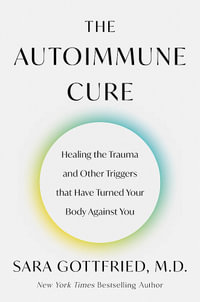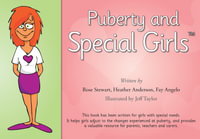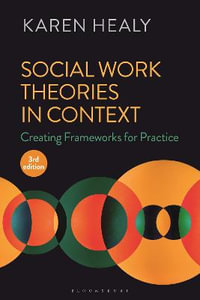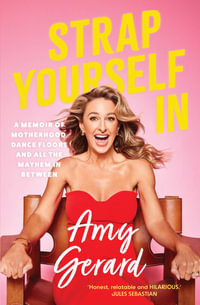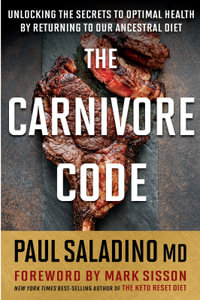Doctors, nurses and patients need to understand one another. With that in mind, this book describes the many characters they can each portray.
In the first chapter, I describe 120 caricatures of doctors and nurses, together with many pertinent and amusing anecdotes, some of which are deadly serious.
In the second chapter, I describe 70 patient types of patient, together with many illustrative anecdotes.
In the third chapter, I explore the interrelationship between patients, doctors and nurses, and how they relate to medical bureaucracy. This is important now that it affects the morbidity and mortality of patients and the working conditions of nurses and doctors in the UK.
When considered as characters, doctors, nurses and patients each play their role in different ways. How each doctor and nurse behaves can affect a patient's quality of life and also their morbidity and mortality.
Doctors and nurses gain an advantage when they understand their patients well, and patients will benefit when they understand the difference, various types of doctor and nurse can make to their life.
Doctors and nurses are not all equally effective when treating people, and patients deserve to know why this is. This book will not only enable doctors and nurses to better understand those they treat, it will also help patients decide who they should allow to treat them.
Some doctors and nurses prefer to treat patients as numbers, others insist on treating patients as sentient human beings. Most specialist doctors now only treat specific problems, whereas once we had general physicians and surgeons capable of much more. Only GPs have kept their ability to treat all-comers.
Although I refer mainly to doctors and nurses, I must acknowledge that many others care for patients. They include pharmacists, hairdressers, carers, counsellors, social workers, paramedics and friends. They should assume that they are all included in my descriptions.
In the 1960s when I first worked as a junior doctor, patients had relationships with doctors that were more formal than today. Doctors then came from rich educated families, and many had experienced the work doctors did as members of their family. Those who practiced medicine had a vocation and were middle-class. Those who became nurses and doctors represented those given to public duty, and not to business. Their aim was to serve. Many would have pursued their vocation, even if their work had been unpaid. Things have changed considerably, but has it been for the better?
The media and medical bureaucrats have made patients aware that every doctor is a potential Dr. Harold Shipman, and every nurse a potential Lucy Letby, until proven otherwise. The result has been that doctors and nurses have changed their approach to patients. Some now see patients as potential litigants. Everything doctors and nurses do now has a medico-legal dimension, with everything that is said or done, recorded and audited for the satisfaction of managers with MBAs and law degrees, many of whom should run baked-bean factories, not medical facilities.
One unfortunate result has been that the focus of some nurses and doctors has had to move from patient care to consider the needs of the corporate management system controlling them. The actions of doctors and nurses has thus changed, and with it the doctor-patient and nurse-patient relationship, but not for the better. Bureaucracy has raised patient expectations, while the services they can access in the UK have become less.
My hope is for patients, doctors and nurses to better understand one another. I have aimed to make the information provided both useful and amusing.

